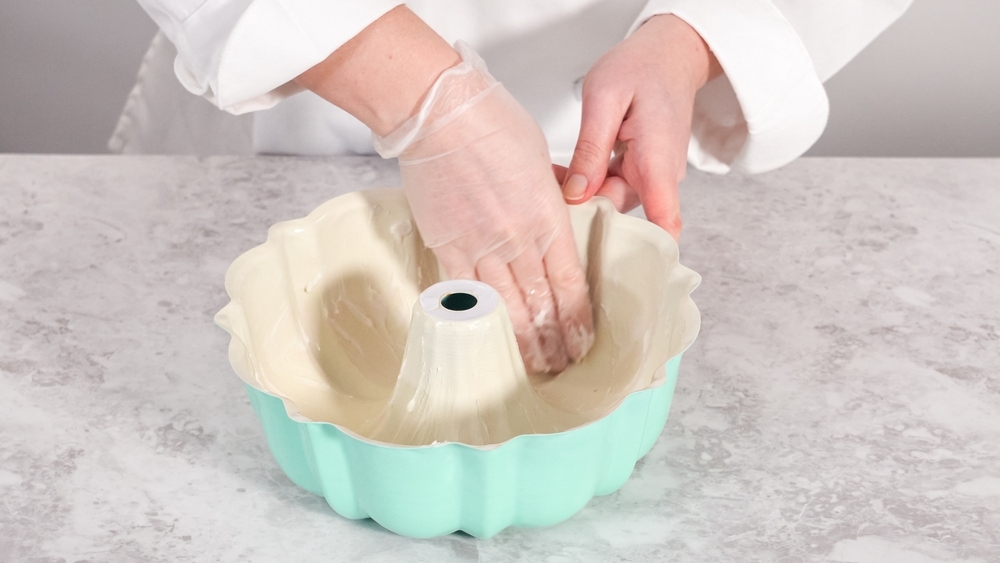Diabetes has become a big problem worldwide, with 415 million people living with diabetes. The CDC estimates that more than half a billion people could have diabetes by 2040. That figure has a lot to do with what we consume daily. Whether it’s a sandwich and chips or a salad with soda, you have to watch what you eat and drink if you have diabetes. Those with type 2 diabetes have a restricted diet of low carbs and sugars. Thus, being mindful of what you ingest is essential. People with diabetes must watch these foods and drinks or consume them in small portions and infrequently. However, that doesn’t mean that just because you have diabetes, you need to cut out everything you love from your diet.

30. Shortening
According to the American Diabetes Association, people with diabetes have a higher chance of stroke or heart attack. However, if you limit the intake of saturated fats, you can lower your risk. That includes cutting out palm oil, lard, and high-fat meats. Furthermore, you should consume any dairy products in moderation, as well. Remember to look at the packaging of grocery items when shopping; if you see hydrogenated oils on the ingredient label, you should put that back on the shelf. Why? Because seeing hydrogenated oils on the label means there is trans-fat in the product, even if the product claims otherwise.
